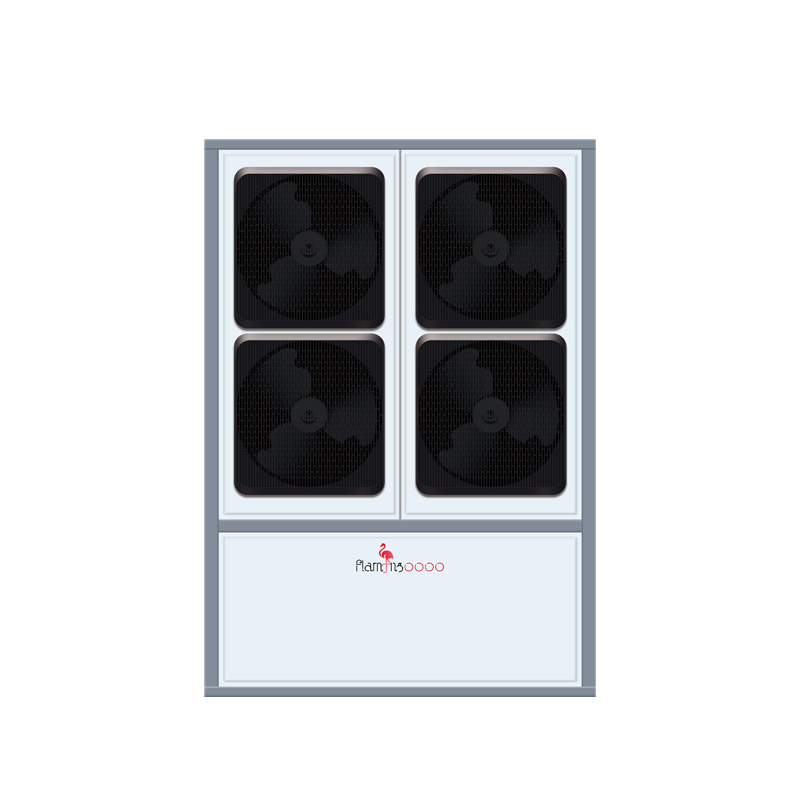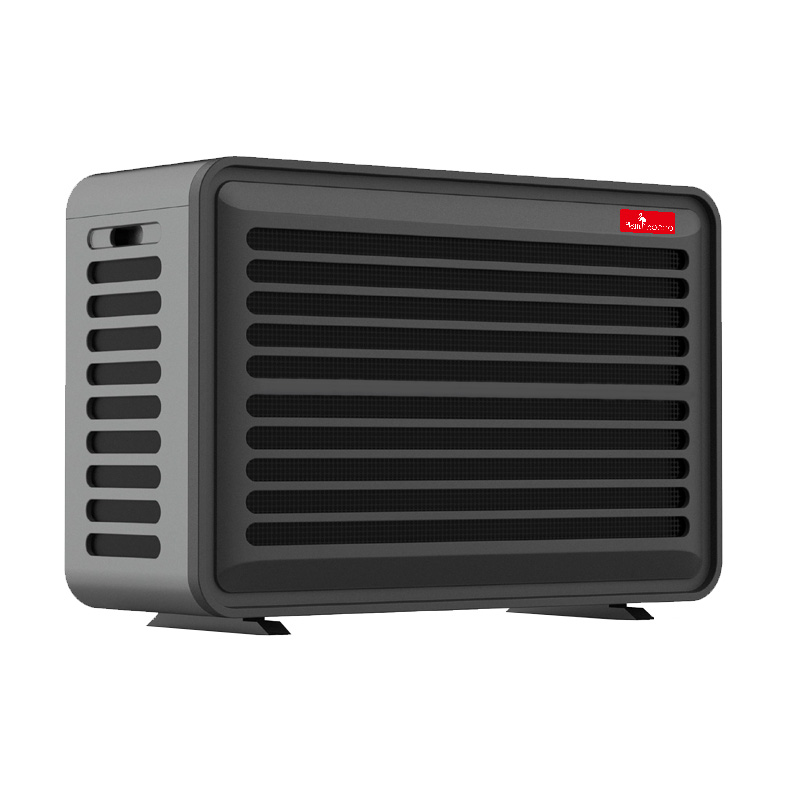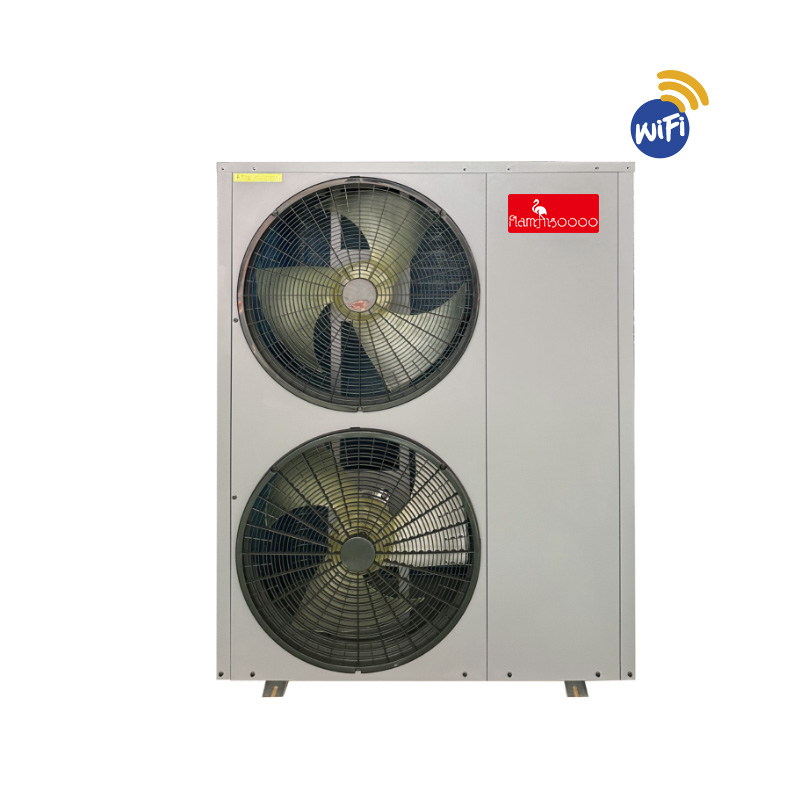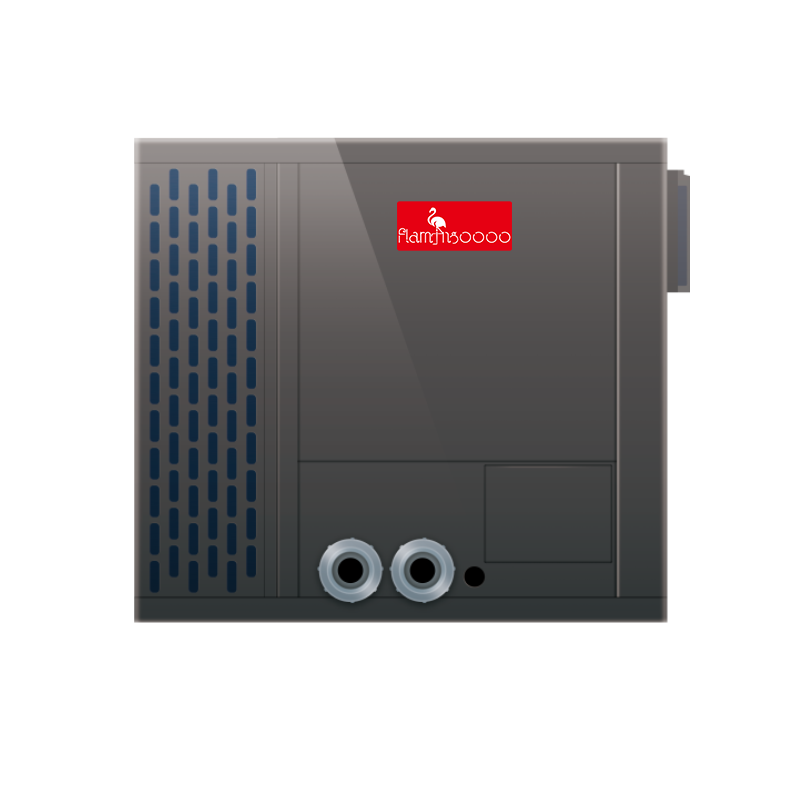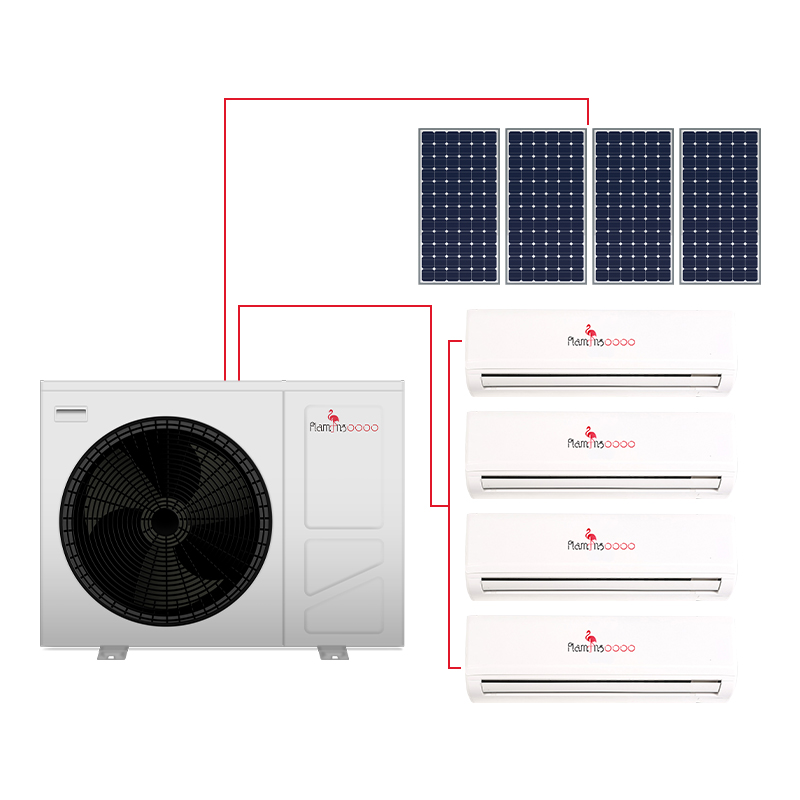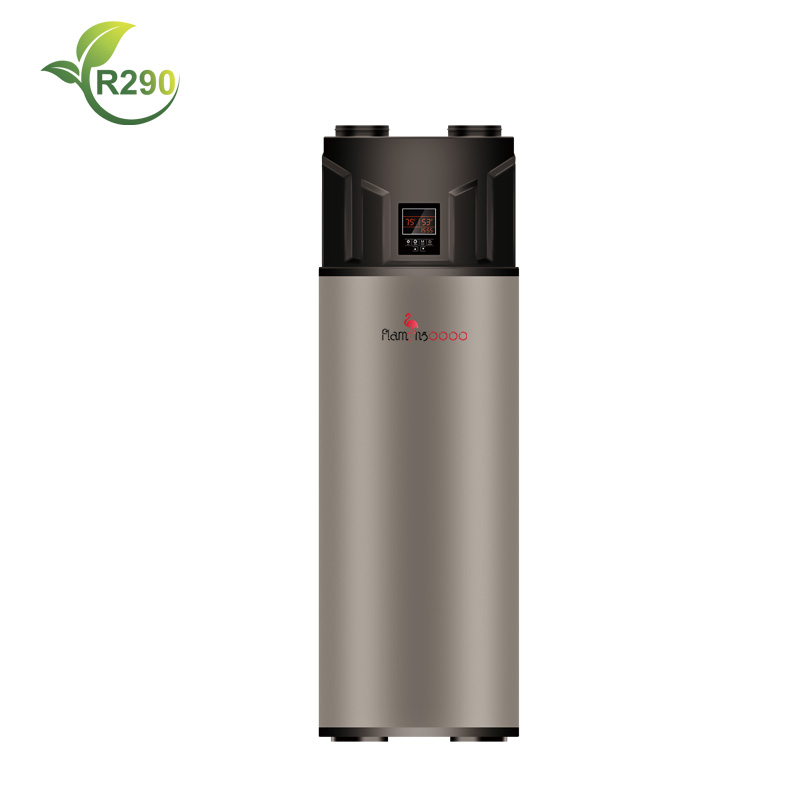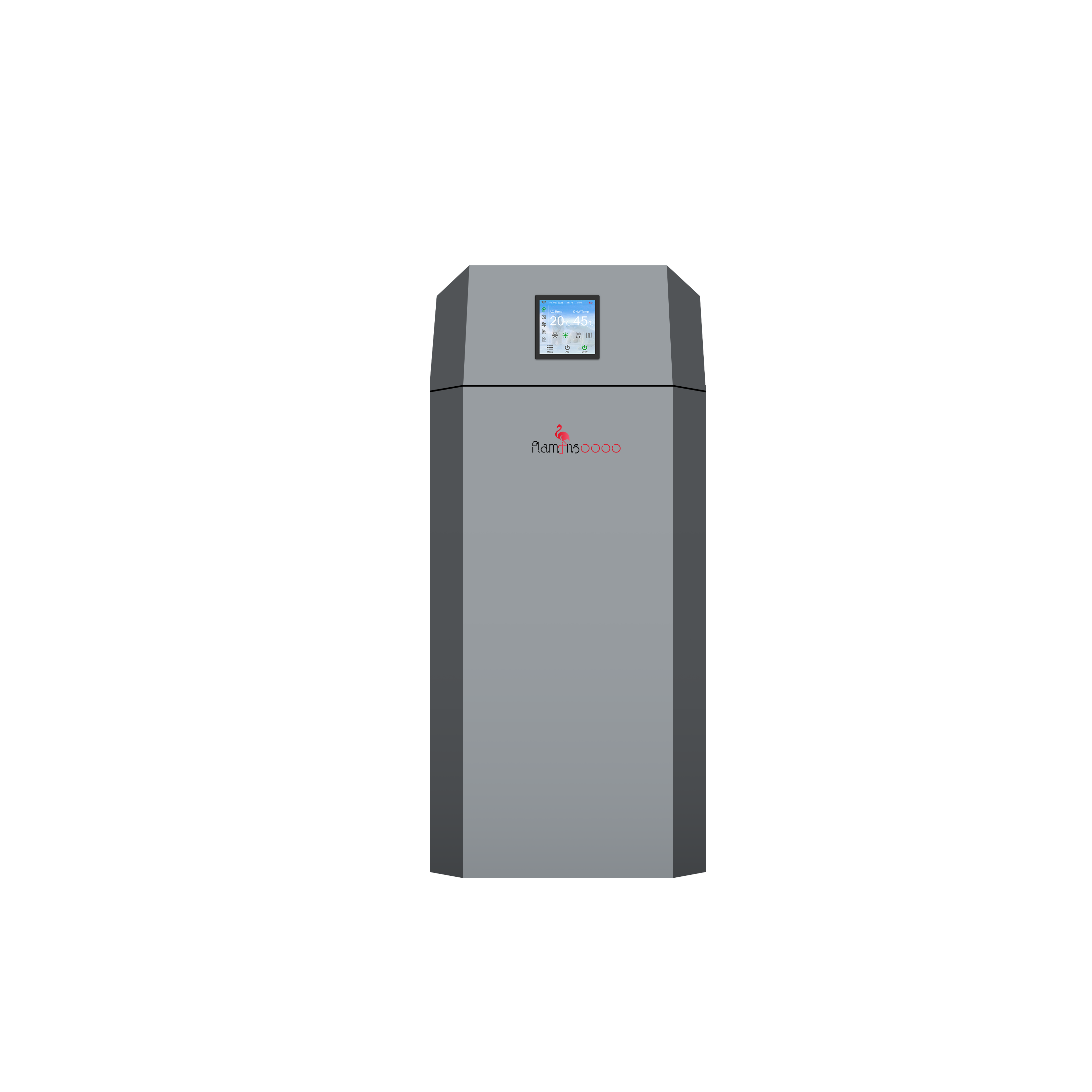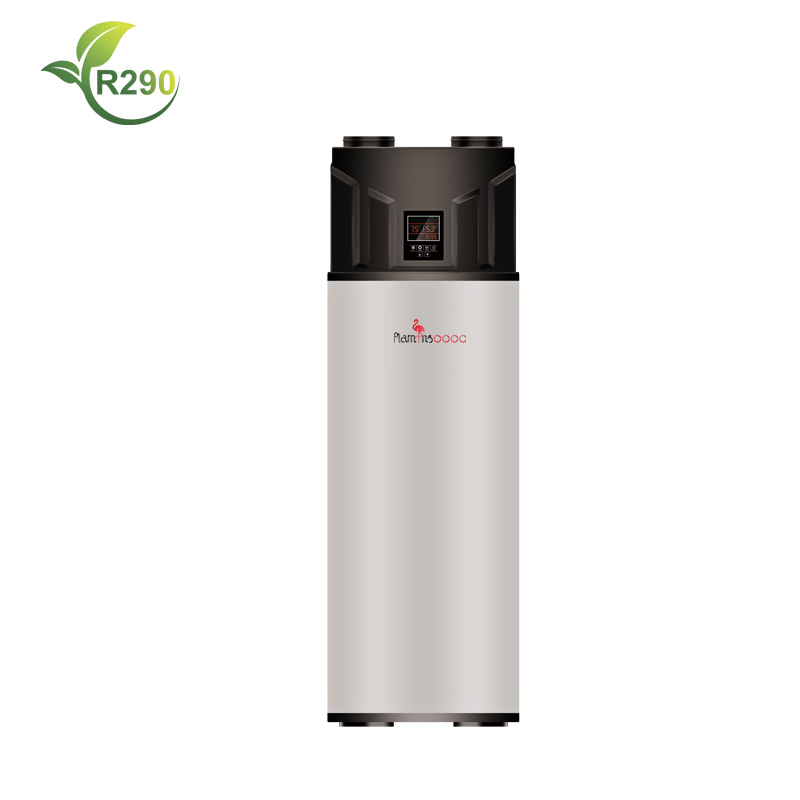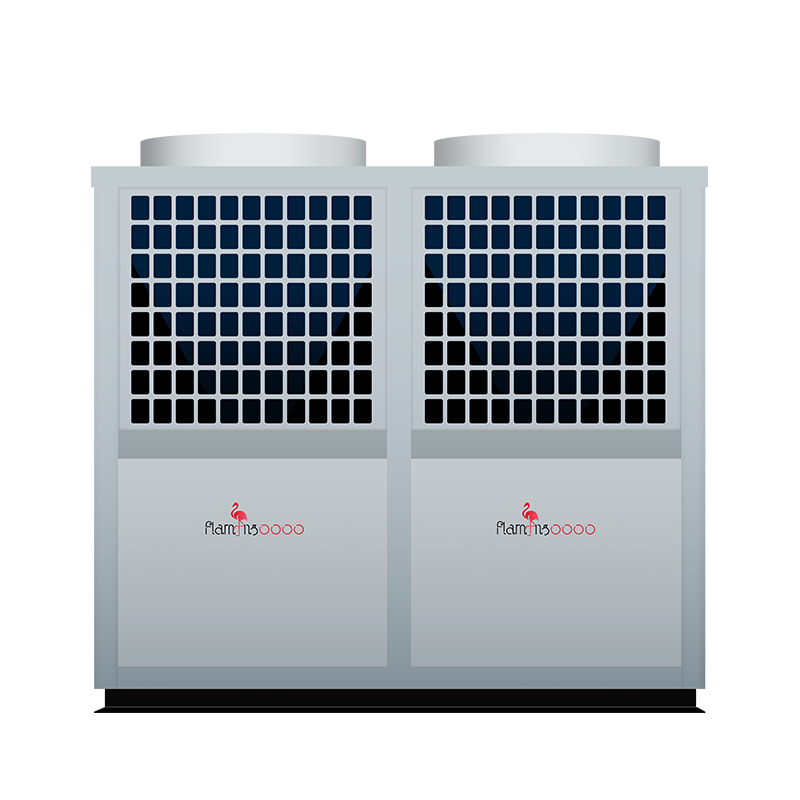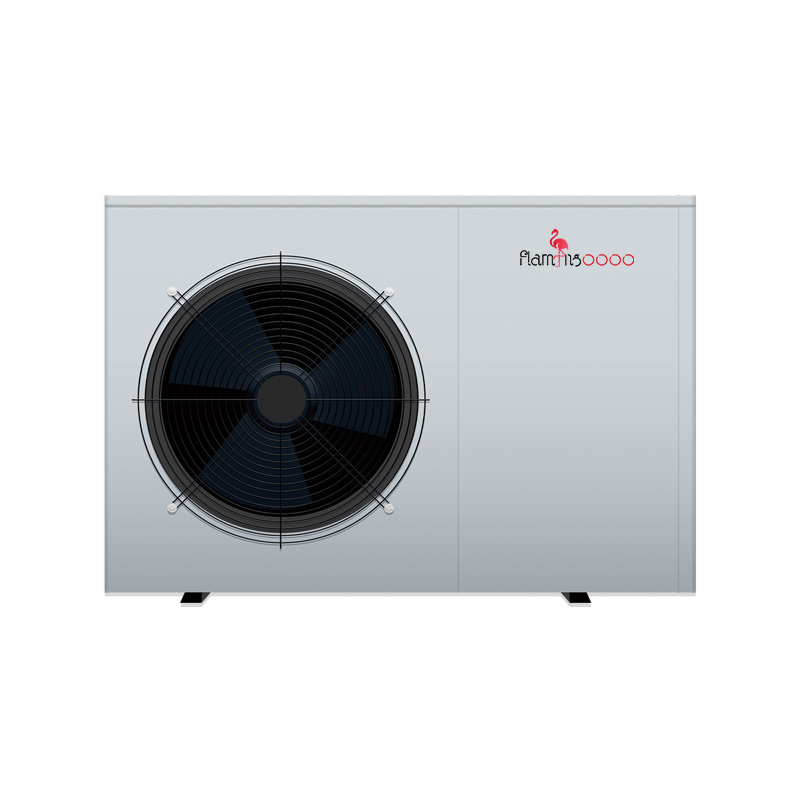What's the Difference Between Heat Pumps and Geothermal Heat Pumps?
In today's era of pursuing efficient and environmentally friendly energy utilization, heat pumps and geothermal heat pumps, as two important heating and cooling equipment, are gradually coming into people's vision. They differ significantly in terms of working principles, energy sources, efficiency, and installation costs. Understanding these differences can help users choose the most suitable equipment according to their own needs and actual situations.
Working Principles: Different Paths of Heat Transfer
A heat pump, in essence, is an energy - utilizing device that can extract heat from low - temperature objects and transfer it to high - temperature ones. Its working principle draws on the concept of a "water pump". Just as a water pump sends water from a lower place to a higher one, a heat pump achieves the reverse flow of heat from a low - temperature area to a high - temperature area by consuming a certain amount of external energy. Taking the common compression heat pump as an example, it mainly consists of four core components: a compressor, a condenser, a throttling component, and an evaporator. During operation, the evaporator absorbs heat from a low - temperature heat source (such as outdoor air), causing the low - temperature and low - pressure working medium to evaporate into vapor; the vapor is sucked in and compressed by the compressor to become high - temperature and high - pressure vapor; the high - temperature and high - pressure vapor releases heat to a high - temperature object (such as indoor air) in the condenser and condenses into a liquid; the liquid is depressurized through the throttling component and then returns to the evaporator to complete a cycle. This cycle repeats to achieve continuous heat transfer.
Geothermal heat pumps, also known as ground - source heat pumps (GHSP), are also based on the basic principle of heat pumps, but they use shallow geothermal resources on the Earth's surface as cold and heat sources. Their working process is similar to that of ordinary heat pumps, but the heat source comes from underground. When a geothermal heat pump is used for heating, the underground heat exchanger absorbs heat from low - temperature heat sources such as soil, groundwater, or surface water, transfers it to the heat pump unit through the circulating working medium, and then the heat pump unit raises the temperature of the heat and delivers it indoors to achieve heating. In the cooling mode, the process is reversed, and the heat indoors is transferred underground.
Energy Sources: Choosing Between Air and the Earth
Heat pumps have a variety of energy sources. Among them, the common air - source heat pump obtains heat from the surrounding air. Air, as a heat source, is widely distributed and inexhaustible. As long as there is air, the air - source heat pump can play its role. However, the air temperature is greatly affected by seasons, day and night, and weather changes. In cold winters, the air temperature is low, which increases the difficulty for the heat pump to obtain heat from the air, and the heating efficiency may decrease.
Geothermal heat pumps focus on using shallow geothermal resources on the Earth's surface. The shallow soil, groundwater, and surface water of the Earth store a large amount of solar energy and geothermal energy, and their temperatures are relatively stable. For example, in winter, the underground temperature is usually higher than the outdoor air temperature, which enables geothermal heat pumps to more efficiently obtain heat from underground for heating; in summer, the underground temperature is lower than the outdoor air temperature, which can be used as a cold source for cooling. This stable heat source provides good working conditions for geothermal heat pumps, making them not disturbed by drastic changes in external air temperature.
Efficiency Comparison: Geothermal Heat Pumps Have the Edge
The efficiency of heat pumps is measured by indicators such as the Coefficient of Performance (COP) and the Seasonal Performance Factor (SPF). The Coefficient of Performance (COP) represents the amount of heat generated per unit of electricity. The higher the value, the more heat the heat pump generates under unit energy consumption, and the higher the efficiency. Generally speaking, the efficiency of air - source heat pumps is usually between 200% and 400%, which means that for every 1kWh of electricity consumed, 2 - 4kWh of heat output can be generated. Its efficiency is affected by many factors such as outdoor temperature, indoor - outdoor temperature difference, and the performance of the heat pump itself. In extremely cold weather, in order to obtain enough heat from low - temperature air, air - source heat pumps may need to consume more electricity to maintain operation, resulting in a decrease in the COP value.
Geothermal heat pumps perform more excellently in terms of efficiency because they use relatively stable underground heat sources. The energy efficiency of geothermal heat pumps can reach 300% - 600%, which can reduce energy consumption by about 25% to 50% compared with air - source heat pumps. On cold winter nights, when the ground air temperature may drop to an extremely low level, the underground temperature can still remain in a relatively stable range, enabling geothermal heat pumps to operate continuously and efficiently and stably provide heat indoors. In terms of the average COP value calculated during the entire heating season (i.e., the Seasonal Performance Factor SPF), geothermal heat pumps also have a high range, which further proves their high efficiency in long - term operation.
Installation Costs: Differences in Initial Investment
In terms of installation costs, there is a significant difference between heat pumps and geothermal heat pumps. Taking the common air - source heat pump as an example, its installation is relatively simple and does not require complex underground engineering. Generally, the installation cost of an ordinary household air - source heat pump is between 3,800and8,200 (about 27,000 yuan to 58,000 yuan). This includes equipment purchase costs and basic installation labor costs. Air - source heat pumps occupy a small area and have low requirements for installation space. Most family balconies, roofs, or courtyards can meet the installation conditions.
The installation cost of geothermal heat pumps is relatively high. Because they need to use underground heat sources, it is necessary to construct an underground heat exchange system. If the vertical pipe laying method is adopted, it is necessary to drill holes underground, with a depth usually between 60 meters and 150 meters. The number of drill holes depends on the heating and cooling needs of the building and the site conditions. In addition, it is also necessary to install circulating water pumps, control systems, and other equipment. These factors lead to a significant increase in the installation cost of geothermal heat pumps, with an average installation cost between 15,000 and 35,000 (about 106,000 yuan to 247,000 yuan). In addition to the initial installation cost, the maintenance cost of geothermal heat pumps during operation is relatively low because the service life of the underground heat exchange system is long, up to 40 to 60 years, and the service life of indoor equipment is also about 20 to 25 years; while the overall service life of air - source heat pumps is generally 10 to 15 years, which is relatively short. In the later period, more frequent equipment replacement may be required, increasing the long - term use cost.
Applicable Scenarios: Choosing Based on Local Conditions
Heat pumps, especially air - source heat pumps, have wide applicability. Due to their simple installation and low requirements for the site, they are suitable for various types of buildings. Whether it is an apartment building, a residential community in the city, or a self - built house in the countryside, as long as there is a suitable outdoor installation space, they can be easily installed and used. In some areas with mild climates, air - source heat pumps can give full play to their advantages of high efficiency and energy saving, providing users with comfortable heating and cooling services. However, in cold areas, when the outdoor temperature is too low, the heating effect of air - source heat pumps may be affected, and auxiliary heating equipment may be needed to meet the indoor heating needs.
Geothermal heat pumps are more suitable for users who have certain site conditions and high requirements for energy efficiency. For example, single - family villas or houses with large gardens have enough space for the construction of underground heat exchange systems. In some areas with strict environmental protection requirements and the pursuit of efficient energy utilization, the government will also introduce relevant policies to encourage the use of geothermal heat pumps and provide certain financial subsidies. In addition, for some large - scale commercial buildings or public facilities, such as hotels, hospitals, and schools, due to their large heating and cooling needs and long operation time, the high - efficiency and energy - saving characteristics of geothermal heat pumps can save a lot of energy costs in long - term operation, which has high economic feasibility. However, if the building site is small and cannot carry out large - scale underground construction, or the underground geological conditions are complex and not suitable for drilling and pipe laying, the application of geothermal heat pumps will be limited.
To sum up, there are obvious differences between heat pumps and geothermal heat pumps in many aspects. When choosing, users should comprehensively consider their own use needs, site conditions, budget, as well as the local climate and policies, weigh the pros and cons, and make the most suitable decision for themselves. Whether choosing a heat pump or a geothermal heat pump, it can contribute to achieving energy conservation and emission reduction and creating a comfortable living and working environment.

